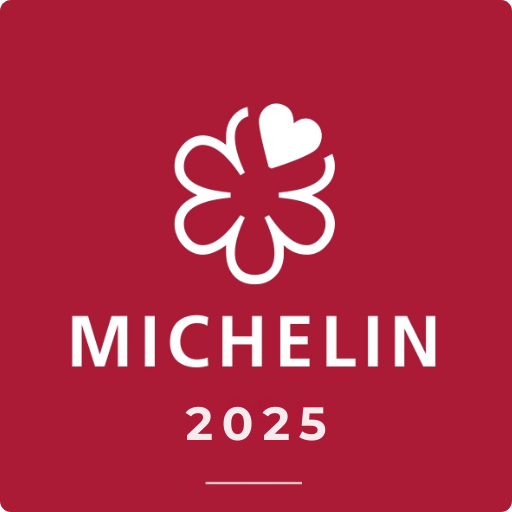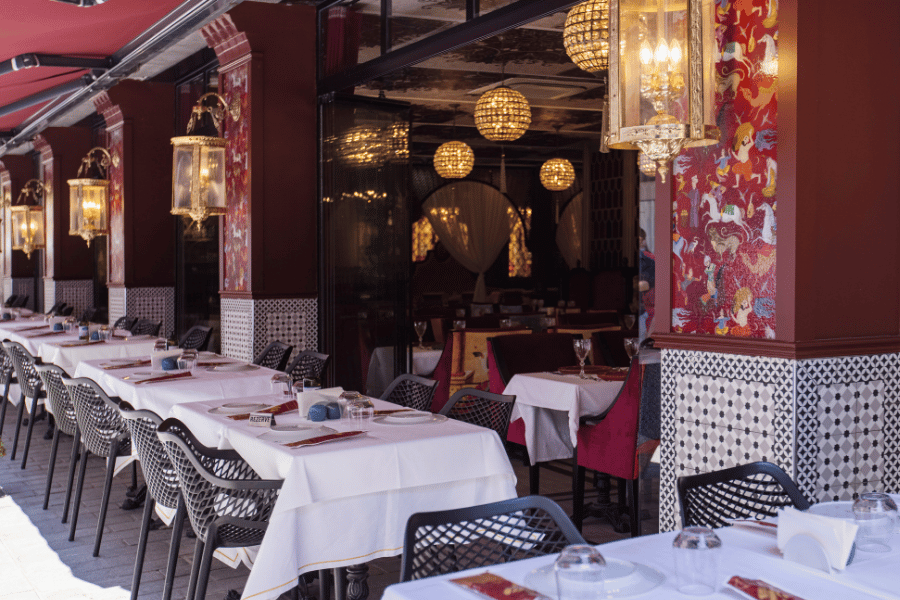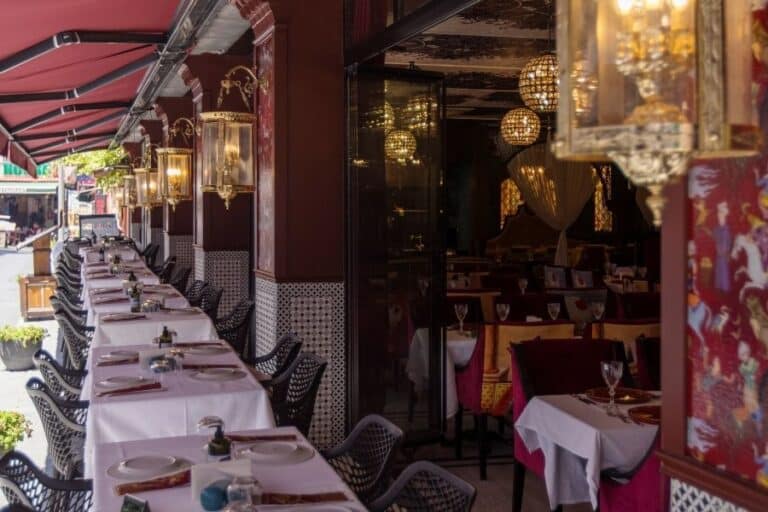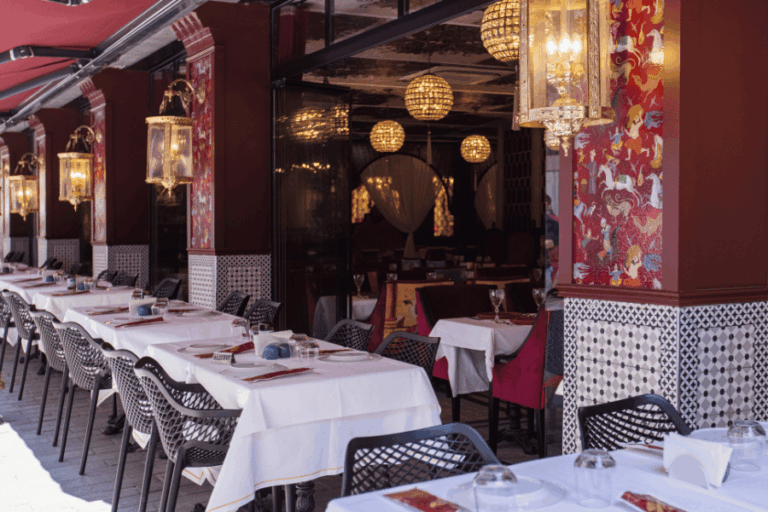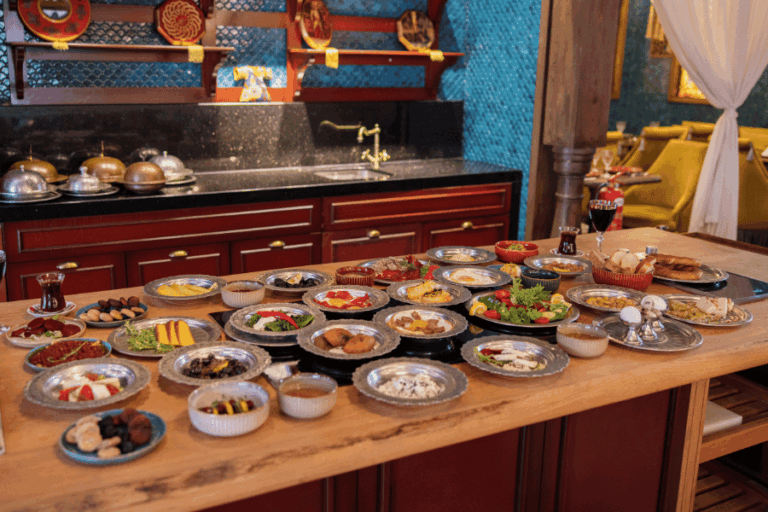Istanbul’s Ottoman cuisine is one of the world’s most sophisticated culinary traditions, shaped by centuries of history, empire, and cultural exchange. From the kitchens of Topkapı Palace to the vibrant heart of Sultanahmet, these recipes tell the story of a civilization that blended flavors from Anatolia, the Balkans, the Middle East, and beyond. Today, discerning travelers come to Istanbul not only to see Hagia Sophia or the Blue Mosque but also to taste the same dishes that once graced the tables of sultans. The rich and diverse cuisine of Istanbul, known as Istanbul’s ottoman cuisine, continues to draw food enthusiasts from around the globe.
The Legacy of Ottoman Culinary Heritage
The Ottoman Empire ruled vast lands for over 600 years, and its kitchens reflected the diversity of the territories it governed. Palace chefs perfected the art of combining spices, herbs, meats, grains, and sweets in ways that elevated dining into ceremony. Dishes such as goose kebab, almond-studded rice, or rose-flavored sherbets were not merely meals but symbols of wealth, refinement, and power.
Ottoman culinary culture also valued abundance and presentation. Meals were served in carefully orchestrated courses, from delicate starters to rich stews and elegant desserts. Each detail—from copper serving trays to the use of rosewater in confections—was designed to impress both guests and dignitaries. This unique blend of refinement and generosity still influences Turkish cuisine today.
Historical Development of Ottoman Cuisine
The roots of Ottoman cuisine can be traced back to the Seljuk Turks, whose nomadic lifestyle emphasized grilled meats, dairy, and grains. When the Ottomans established Istanbul as their capital, they inherited Byzantine traditions and combined them with influences from Persia and the Arab world. Over time, the imperial kitchens of Topkapı Palace became laboratories of culinary innovation, employing hundreds of chefs known as matbah-ı amire.
Content Suggestion: 10 Fascinating Ottoman Palaces in Istanbul
These chefs specialized in different categories—soups, rice dishes, desserts, breads—and worked together to create meals for thousands of people each day. Their ability to transform humble ingredients into refined dishes is what gave Ottoman cuisine its unique balance of richness and subtlety. The empire’s trade connections further expanded the pantry, introducing spices, coffee, and exotic fruits that enriched palace menus.
Experiencing Ottoman Cuisine in Modern Istanbul
For travelers seeking an authentic experience of Istanbul’s Ottoman cuisine, Sultanahmet is the most significant destination. It is here, near the former imperial palace, that the flavors of the past are preserved and revived for today’s guests. At Deraliye Restaurant, traditional Ottoman recipes are recreated with respect for history and presented with modern elegance.
Deraliye’s menu offers a culinary journey through centuries of imperial tradition. Guests can savor dishes once prepared for the sultans, such as stuffed quince, lamb stews flavored with dried fruits, and palace-style böreks. Each recipe is carefully researched from historical records and prepared with high-quality local ingredients, ensuring authenticity in every bite. Dining at Deraliye is not simply a meal—it is an immersion into the empire’s gastronomic heritage.
What Makes Ottoman Cuisine Unique?
Several features distinguish Ottoman cuisine in Istanbul from other food traditions:
- Balance of Flavors: Sweet and savory combinations, such as meat with dried apricots or honey-glazed pastries alongside salty cheeses.
- Diversity of Ingredients: From pomegranates and figs to lamb, rice, and exotic spices brought via the Silk Road.
- Palace Innovation: Court chefs were pioneers, introducing new cooking methods and creating dishes that symbolized the empire’s prestige.
- Cultural Fusion: Ottoman cuisine absorbed influences from Persian, Arab, Balkan, and Mediterranean traditions, blending them into a distinctive identity.
This remarkable diversity ensures that every dish tells a story—not only of taste but also of geography, diplomacy, and culture.
Influence on Modern Turkish Cuisine
The impact of Ottoman gastronomy is still felt across Turkey today. Many of the country’s most beloved dishes—dolma, börek, pilaf, and baklava—trace their origins to palace kitchens. The emphasis on slow-cooked stews, layered pastries, and balanced use of herbs and spices remains a cornerstone of Turkish cooking.
In Istanbul, modern Turkish restaurants frequently draw on Ottoman traditions, offering updated versions of historical recipes. The continuity of flavors ensures that visitors can still enjoy a direct link between the imperial table and the meals served today. By experiencing these dishes, guests not only satisfy their appetite but also connect with a living culinary heritage.
Cultural Significance of Ottoman Dining
Ottoman meals were never just about eating; they were about identity, diplomacy, and ceremony. Shared dining symbolized hospitality and unity, while lavish banquets showcased the empire’s power to foreign ambassadors. Religious festivals and imperial ceremonies were often marked with elaborate feasts, reinforcing the central role of food in cultural and spiritual life.
Even today, the values of abundance, generosity, and hospitality remain central to Turkish dining culture. When visitors sit down to enjoy Ottoman-inspired cuisine in Sultanahmet, they participate in a tradition that has defined Istanbul for centuries. It is this cultural depth that makes Ottoman cuisine more than food—it is a story of empire, community, and continuity.
Deraliye Restaurant: Reviving the Flavors of the Palace
Located in the heart of Sultanahmet, Deraliye Restaurant has become a reference point for travelers who wish to explore the richness of Ottoman gastronomy. With a philosophy rooted in authenticity, the restaurant bridges the past and present by offering dishes once exclusive to the royal court.
The elegant setting complements the menu: guests dine in an atmosphere that reflects the refinement of imperial traditions while enjoying professional hospitality. Whether sampling lamb with dried fruits, goose kebab pie, or palace-inspired desserts, every meal at Deraliye feels like a journey into the grandeur of Istanbul’s past.
Why Choose an Ottoman Dining Experience in Sultanahmet?
- It connects you directly with the city’s cultural and historical identity.
- You enjoy rare recipes that cannot be found in typical Turkish restaurants.
- Dining becomes part of your exploration of Istanbul, complementing visits to landmarks like Hagia Sophia and Topkapı Palace.
- It transforms a simple meal into a cultural experience that unites history, architecture, and gastronomy.
Istanbul’s Ottoman cuisine is not just about food—it is about history, tradition, and the artistry of a civilization that valued beauty in every detail. For travelers who want to go beyond the ordinary and experience the flavors of the imperial court, Deraliye Restaurant in Sultanahmet offers a rare opportunity. By reviving authentic palace recipes, it ensures that the legacy of Ottoman gastronomy continues to inspire and delight visitors from around the world.
